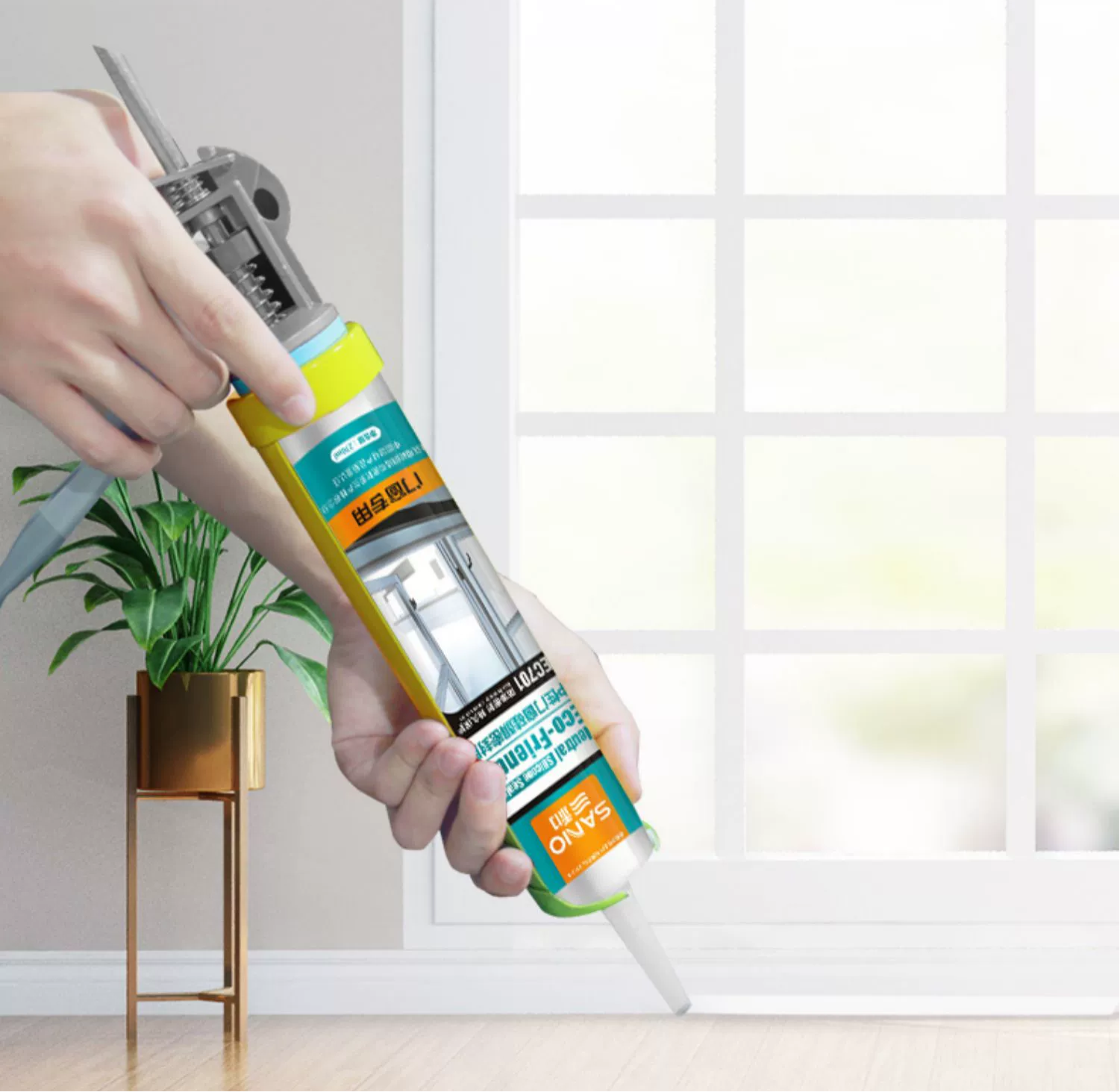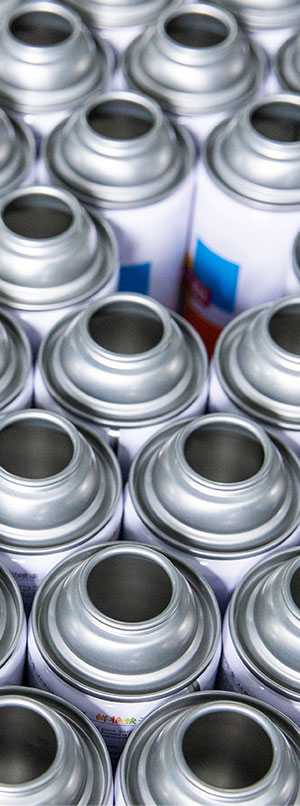Are you tired of looking at unsightly bumps and lumps on your silicone sealant surface? Don’t worry; you’re not alone. It’s a common problem that can be frustrating to deal with. But fear not! In this blog post, we will provide you with some helpful tips and tricks about how to make silicone sealant smooth to eliminate those imperfections and achieve a flawless finish. Whether you’re a DIY enthusiast or a professional contractor, these techniques are easy to follow and will make all the difference in the final result. In addition, we will also mention SANVO, a leading manufacturer of industrial adhesives and sealants in China. So let’s get started on creating an immaculate silicone sealant surface!

What is silicone sealant?
Silicone sealant is a type of adhesive that is used to fill in bumps and lumps on the surface of an object. It is a soft, flexible material that is often used to make surfaces smoother and less bumpy. The high adherence of SANVO’s sealants creates tight seals around objects, making them suitable for a variety of uses, including window and door repairs as well as outdoor and indoor décor.
What are the benefits of silicone sealant?
The most common reason why silicone sealant is used is to eliminate bumps and lumps. Silicone sealant can be applied to many different surfaces, making them smoother and eliminating imperfections. Some of the benefits of using silicone sealant include:
It eliminates bumps and lumps, making the surface smoother.
• It is non-toxic, so it is safe for use on many surfaces.
• It lasts longer than other types of sealants.
How to make silicone sealant smooth?
There are a few things you can do to help prevent your silicone sealant from becoming bumpy or lumpy. First, be sure to shake the container well before using it. This will distribute the sealant evenly and reduce the chances of clumps forming. Second, use a thin layer of sealant instead of a thick one. Thicker layers can result in bumps and lumps. Make sure to smooth out any bumps or lumps as soon as they form so that they don’t continue to grow.
If there are still bumps or lumps on the surface after drying, it may be necessary to repeat the application process. If this is not possible due to time constraints or other circumstances, then a different type of sealant may need to be used.
